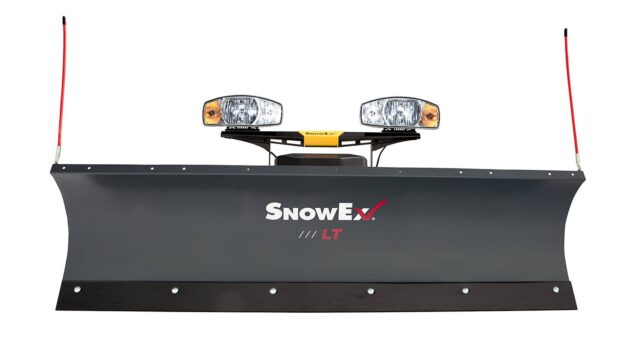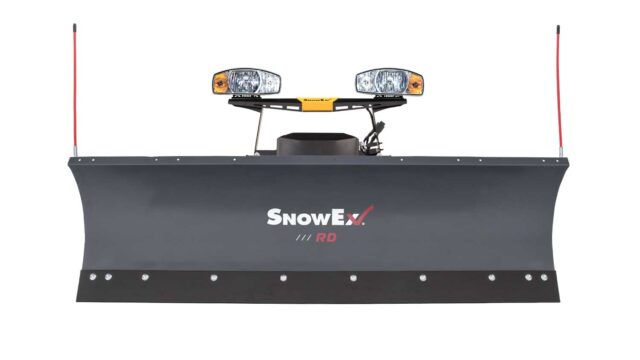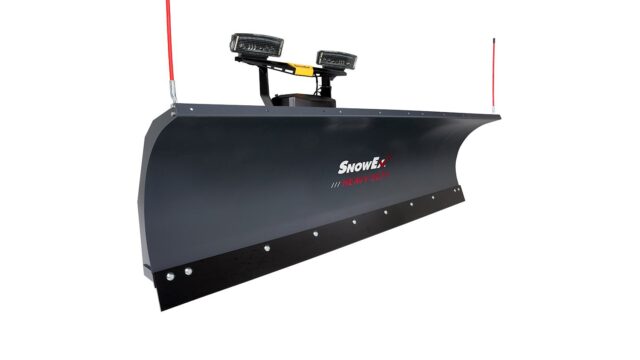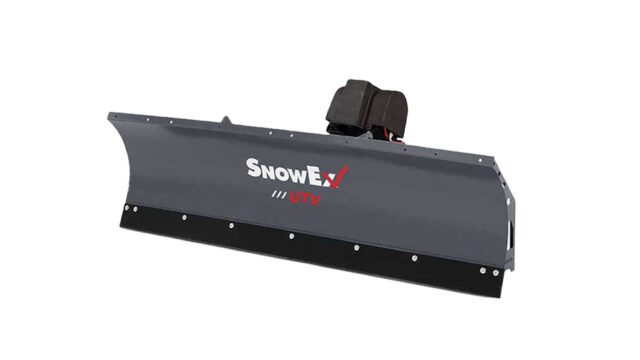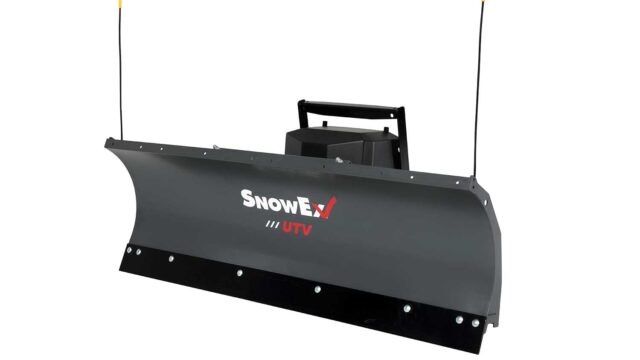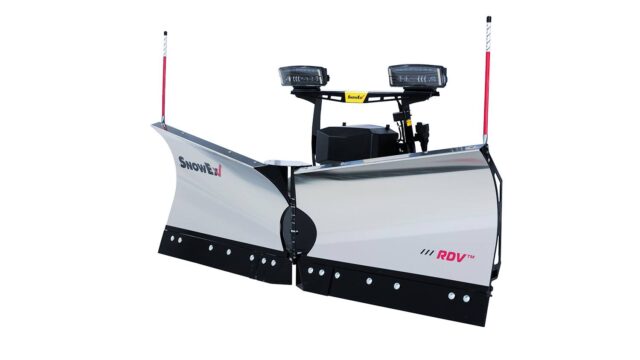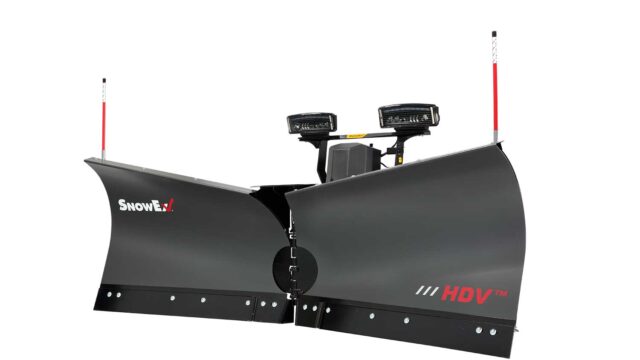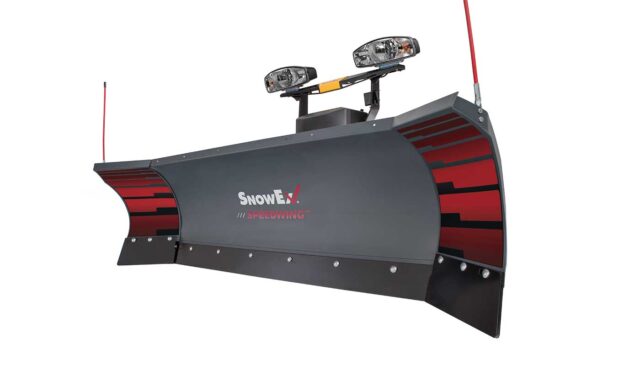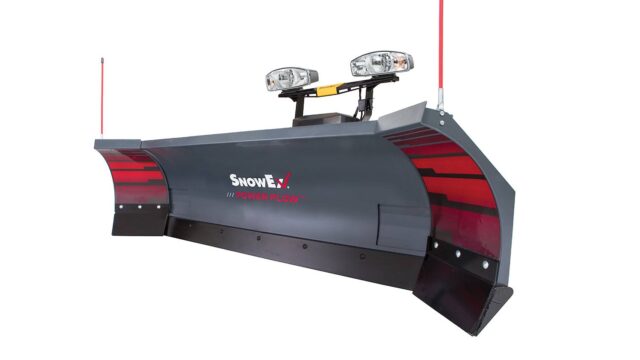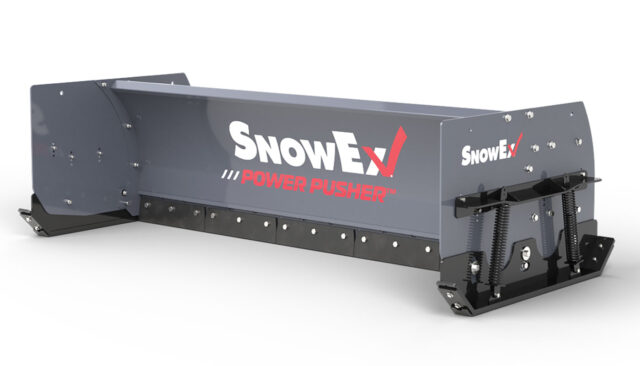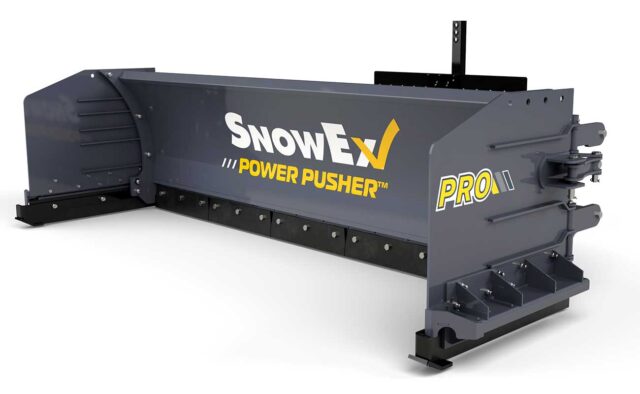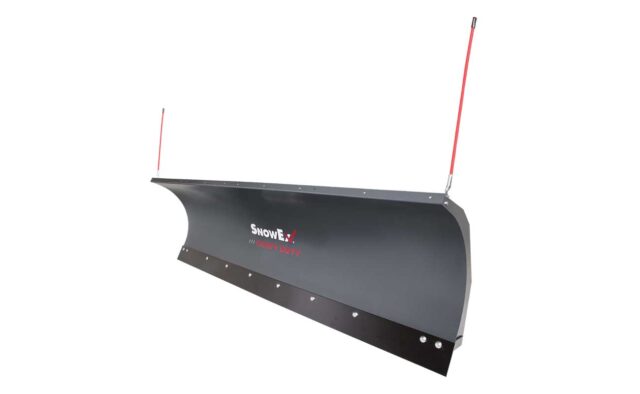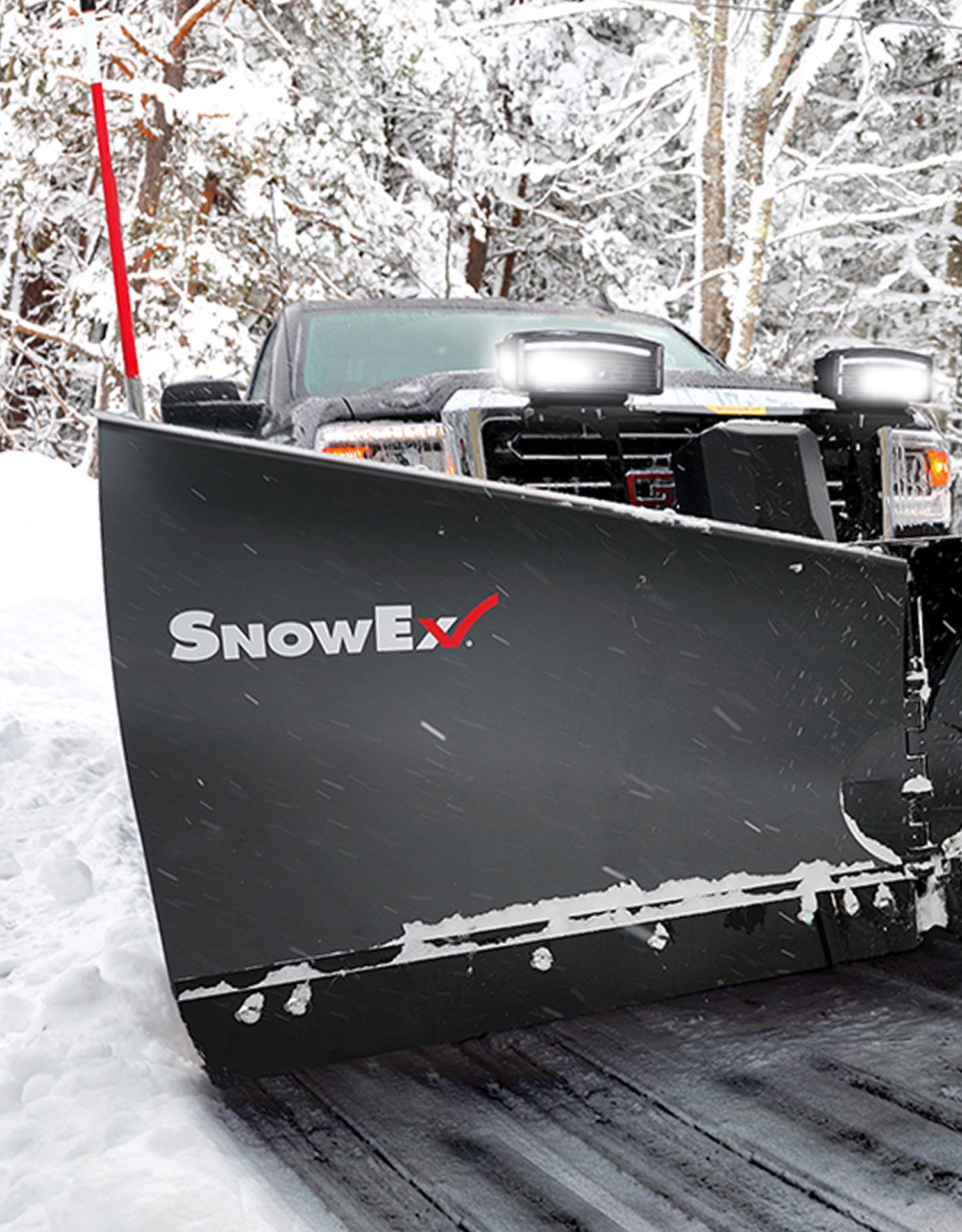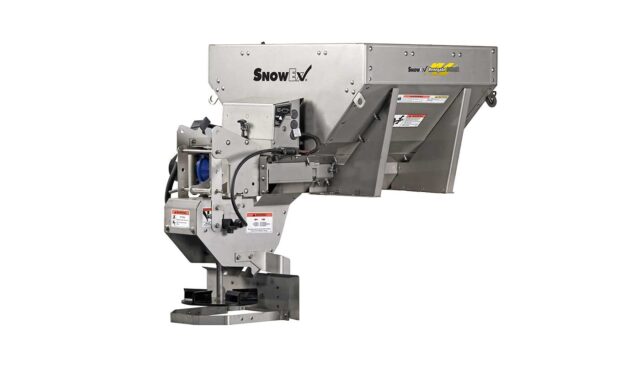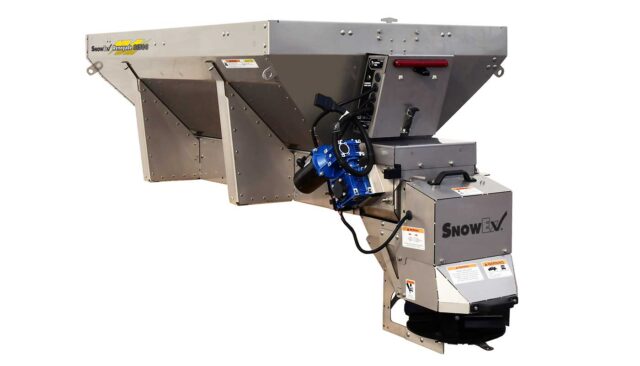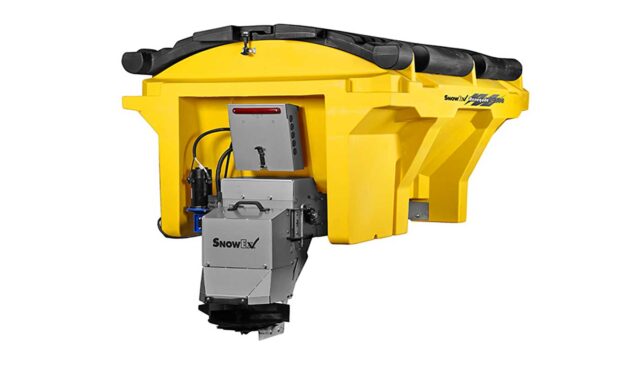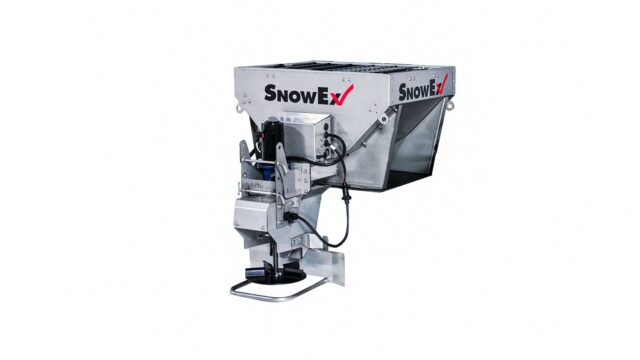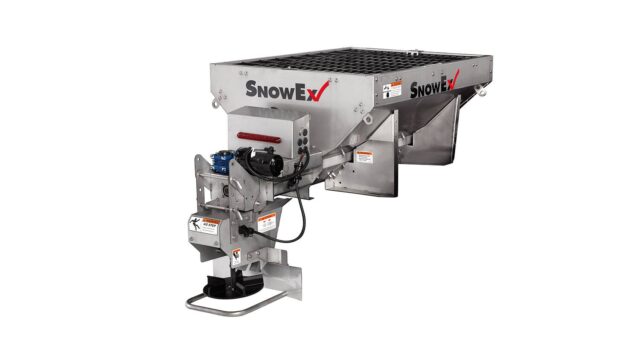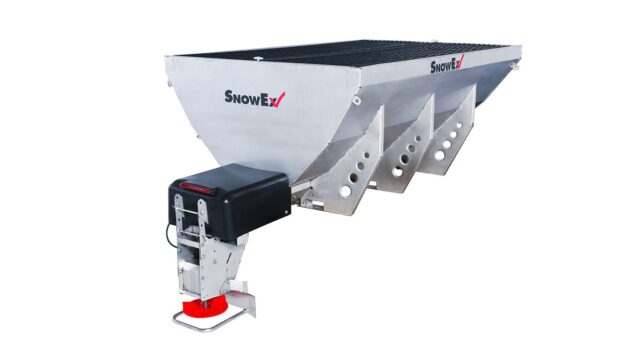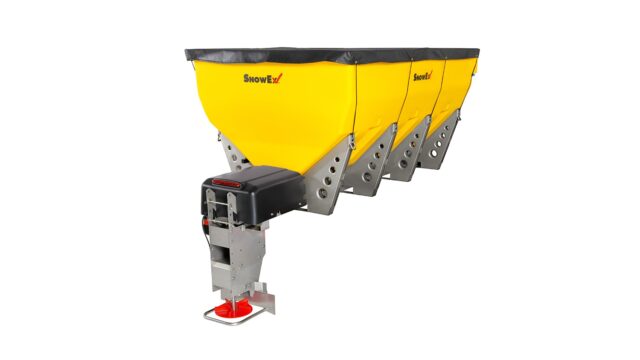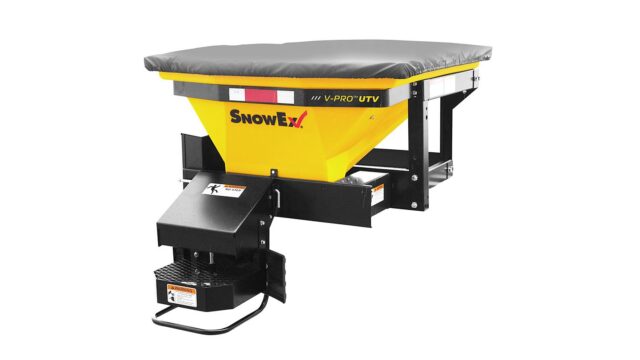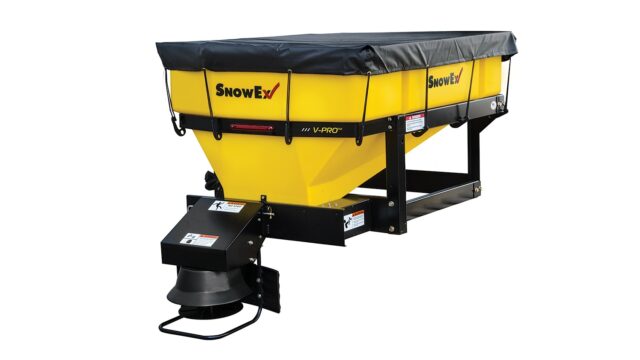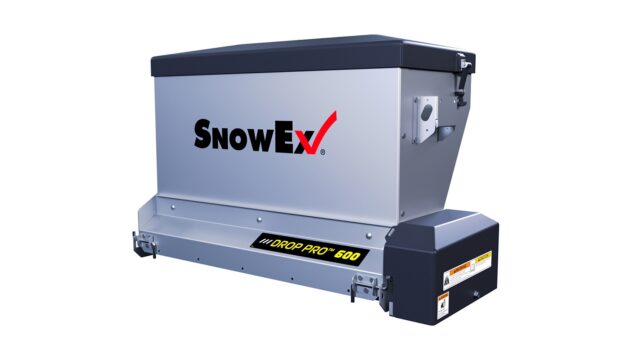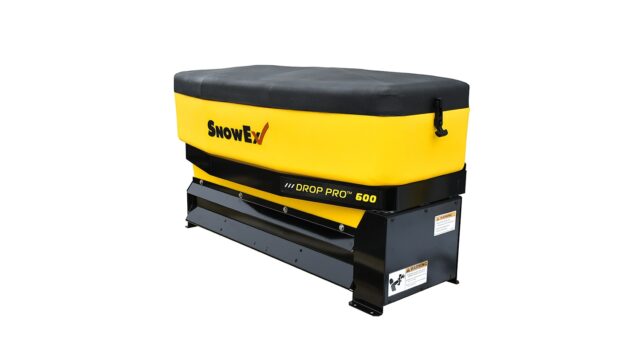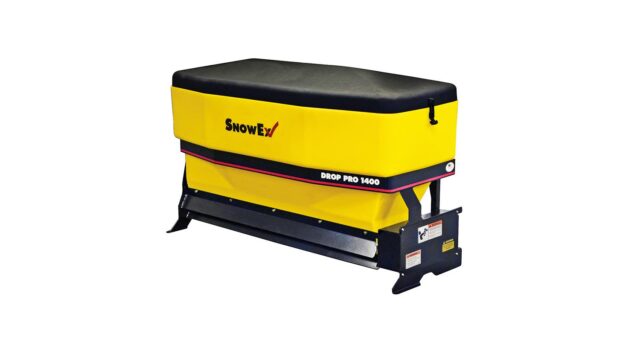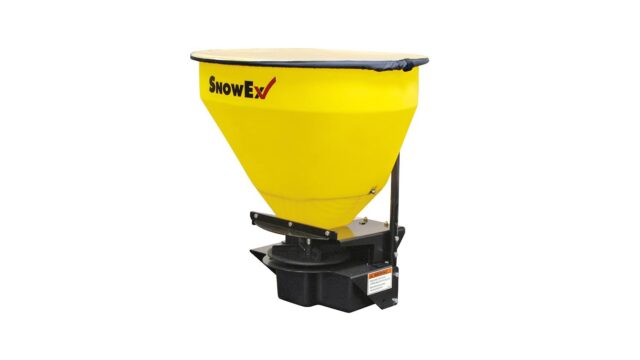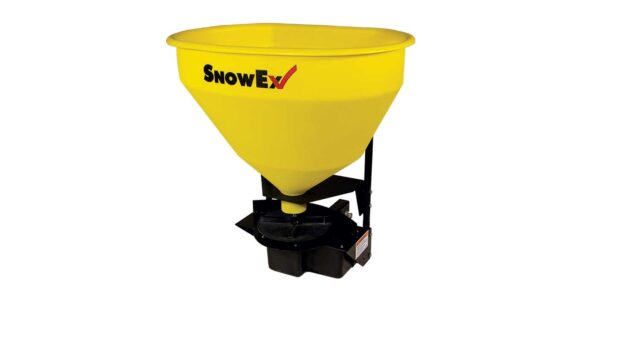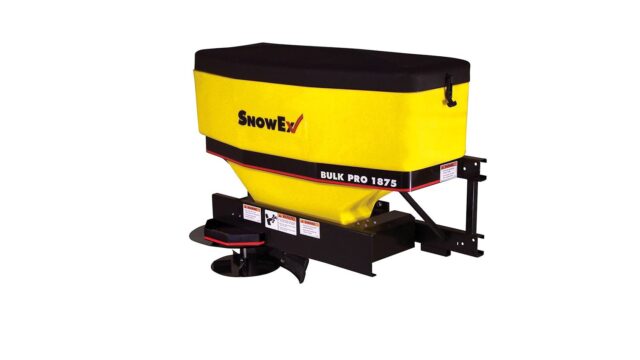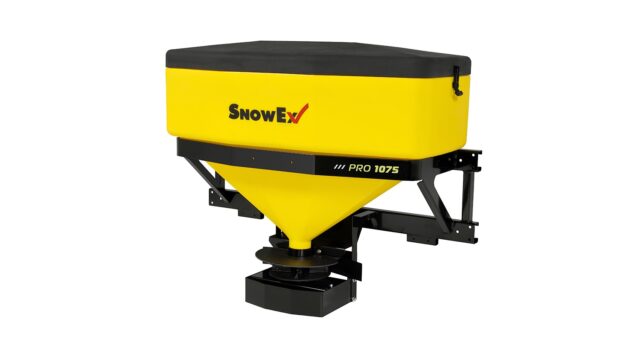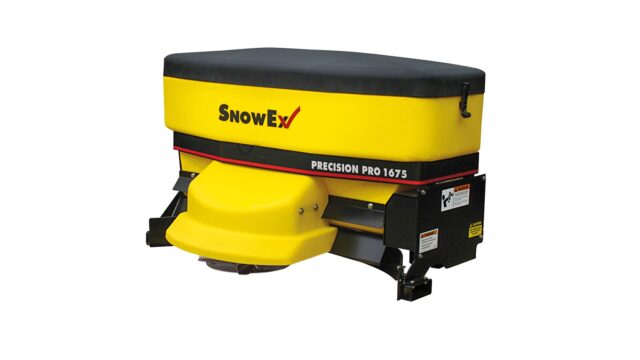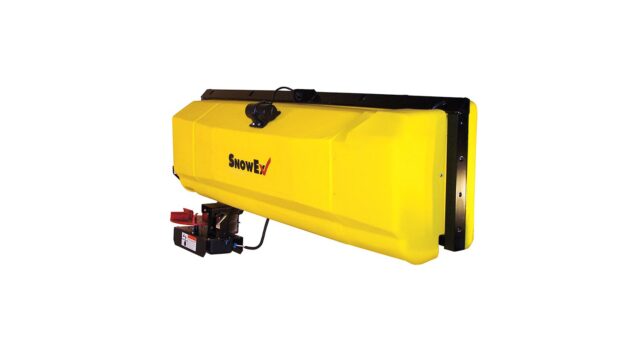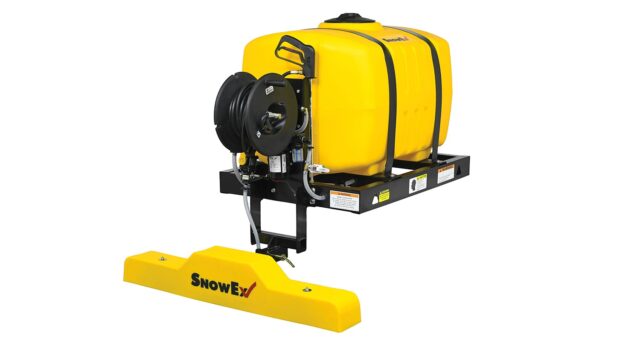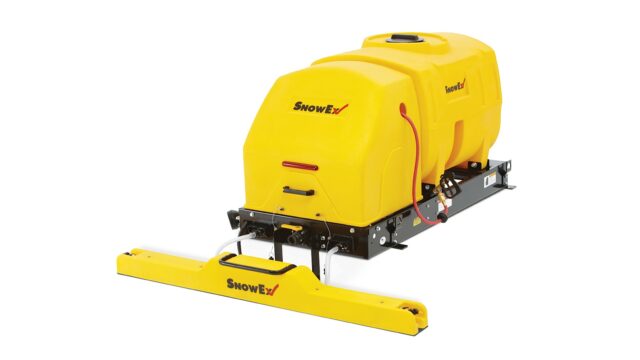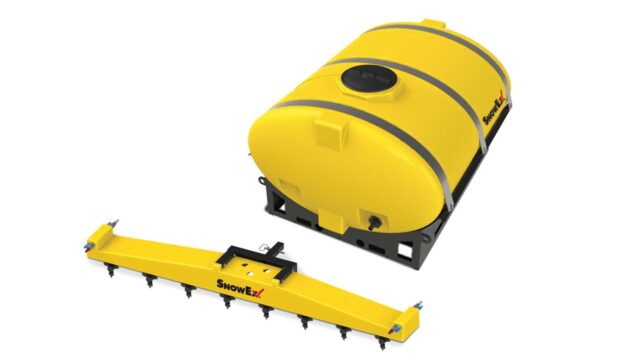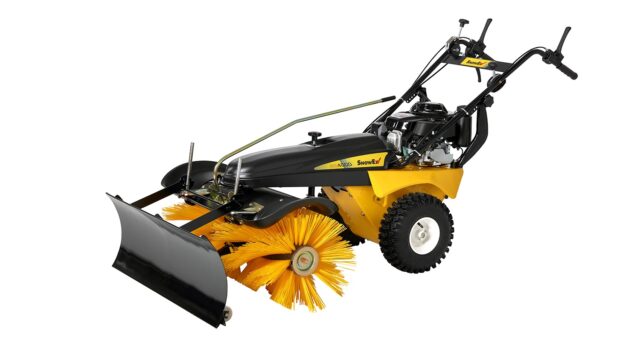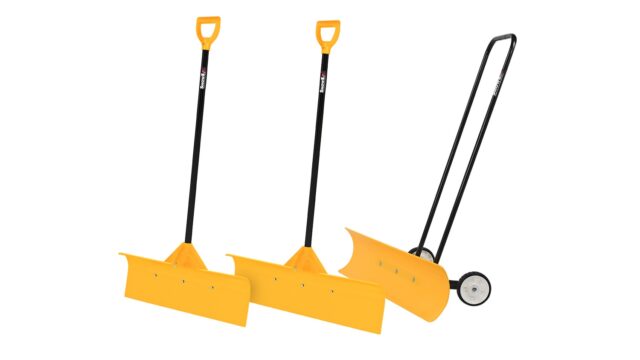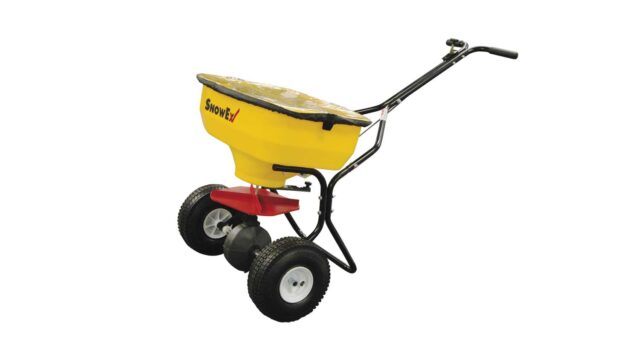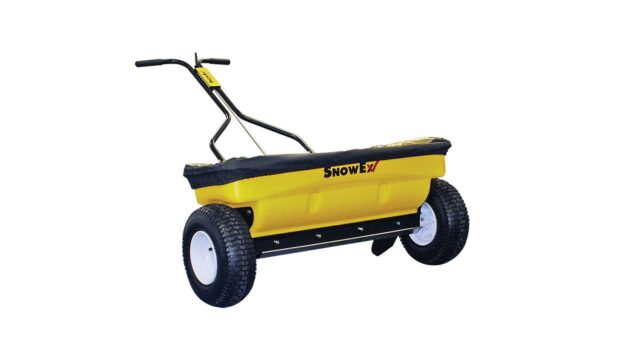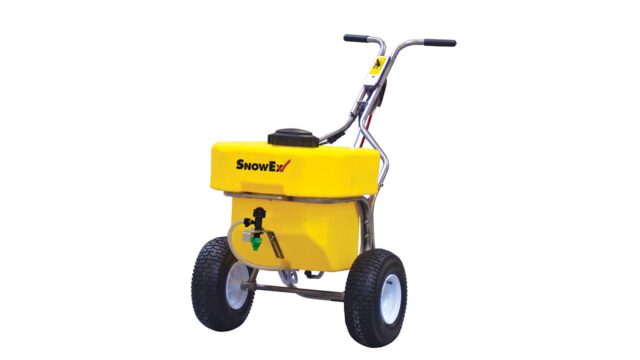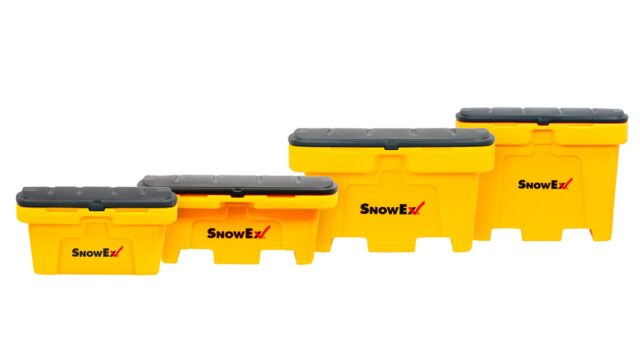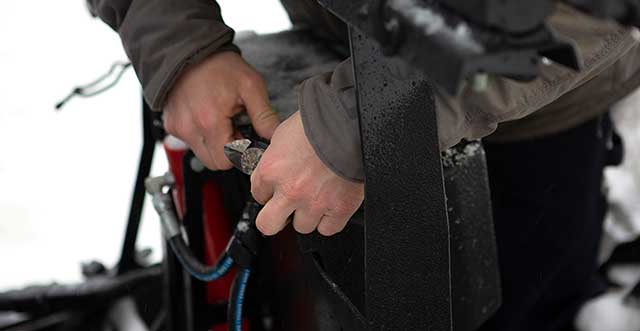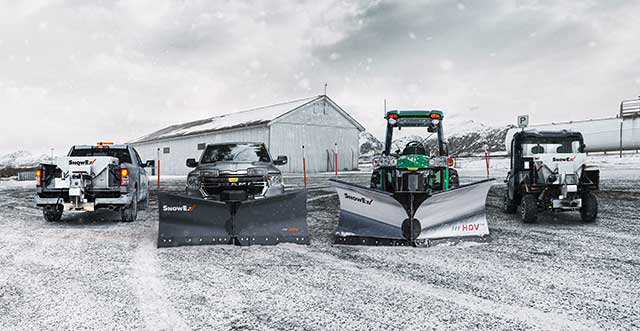Advancements in Liquid Application Equipment
Created March 24, 2020
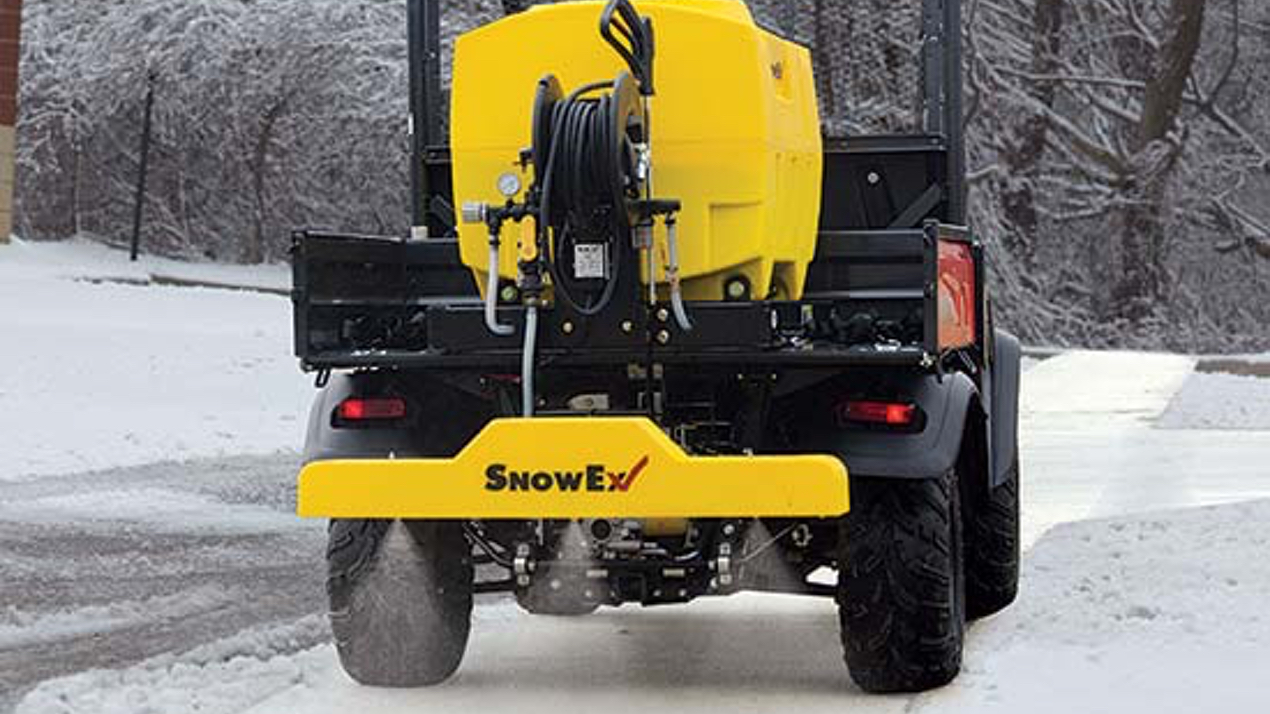
For years, manufacturers have anticipated a higher use of liquid solutions among snow and ice management contractors. What wasn’t anticipated, however, was the winter of 2013-2014, which literally took the industry by storm and created immediate demand for liquid equipment. That’s because, as temperatures dropped and salt supplies dwindled, liquid solutions became the only option for many contractors to still make money and fulfill the ice control obligations in their contracts. As a result, companies like SnowEx® experienced a huge spike in requests about brine application equipment for anti-icing, pre-wetting and de-icing.
When asking about liquid application equipment, most contractors stated two reasons for the need. First, temperatures dipped so low across the country that pure salt wasn’t enough for them to effectively melt ice. Secondly, supplies became so scarce toward the end of the season that many contractors couldn’t afford (or even find) salt to spread.
The Need for Dedicated Liquid Solutions
When scrambling to adopt liquid applications, contractors sometimes experimented with their own equipment solutions. For instance, many tried using sprayers intended for use in other industries, like agriculture. After all, a sprayer is just a sprayer, right?
However, brine solutions are different than many other liquids, and they can cause pump failures, nozzle clogs and other equipment issues if the sprayers aren’t meant to handle them. Not to mention, sprayers intended for use in the summer don’t always perform well in cold temperatures. For these reasons, equipment manufacturers have been developing more purpose-built sprayers for the snow and ice industry. In other words, they’ve designed sprayers to specifically handle brine and withstand harsh winter conditions. These sprayers have all the filters, pumps, nozzles and other components that snow and ice professionals need for efficient, reliable performance.
Additionally, the sprayers are engineered for installation and use in the types of vehicles most commonly used by snow and ice management contractors. Many of the tanks offered by manufacturers include baffles to prevent liquid surges when the vehicle turns and stops, helping eliminate wear and tear on the truck. Also, there are liquid saddle tanks designed to fit alongside compatible v-box spreaders, helping maximize use of space in the truck bed.
Another benefit of purpose-built equipment is increased versatility. A good example of this is truck-mounted sprayers, which have multiple spraying zones to handle any anti-icing or de-icing application. The booms are equipped with nozzles for surface spraying and curb spraying, and some units also come with spot spraying wands for hard-to-reach areas. Any other type of sprayer would not be able to perform as many applications as one dedicated for ice management.
Efficiency. Simplicity. Flexibility.
Beyond developing purpose-built equipment, manufacturers have taken additional steps to integrate their sprayers with other tools in the contractor’s toolbox. For instance, some pre-wetting tanks on the market work seamlessly with the spreader to efficiently pre-treat salt before it is spread. On some of the more sophisticated systems, the sprayer controller can sync with the spreader controller to calculate and automatically apply the ideal amount of brine according to the material feed rate. Additionally, the nozzles are designed to spray brine onto the salt just before it hits the spinner (the most uniform way to apply brine). Innovative features like these reduce material usage as much as possible, leading to increased profits for the contractor.
Not all spreaders on the market are offered with compatible pre-wetting systems, so it’s a good idea to verify this feature with the dealer before purchasing a new unit. Even if a pre-wetting system isn’t going to be installed immediately, having the option to add on later is beneficial.
Through efforts such as these advanced pre-wetting systems, the goal for manufacturers is to develop equipment that’s efficient, simple and flexible. Efficiency will help contractors protect themselves from skyrocketing material costs and make more money. Simplicity will help take some of the complexity out of liquid applications. And flexibility will help contractors customize their operations to better serve their clients. For instance, imagine being able to easily switch out nozzles, booms, pumps and even tanks as needed on a sprayer, rather than having to replace the whole unit. That’s the future of liquid application and specialty equipment.
Despite how easy companies make the equipment, there is still a considerable amount of education needed to operate it. So, in addition to new product launches, the industry can expect to see more comprehensive offerings from leading manufacturers, including specialized training and enhanced customer support. In essence, manufacturers will become more of a one-stop shop to help answer questions and ease the adoption of liquid applications.
Looking Ahead: The Future of Anti-Icing
As more contractors begin using brine for anti-icing, pre-wetting and de-icing, it’s important to remember that liquid applications will never replace the traditional salt spreader. Instead, sprayers and other brine handling equipment will eventually become another essential tool in the toolbox, just like snow plows, blowers, brooms and other equipment that are already standard in today’s snow and ice management fleets. Even though the recent salt shortage has brought more attention to this trend, the industry still has a long way to go before reaching full acceptance among contractors. As this trend unfolds, manufacturers will play a key role in making it happen, so stay tuned for new product announcements and other offerings that will help move liquid applications full steam ahead.
